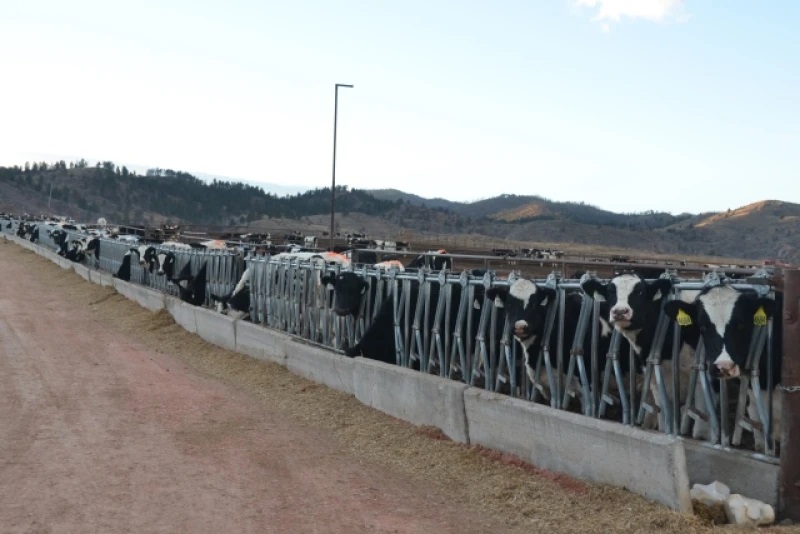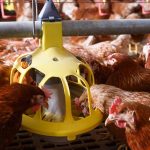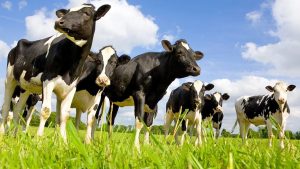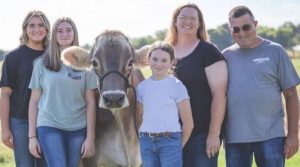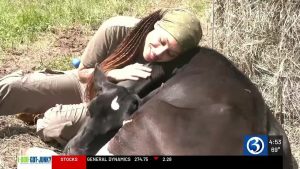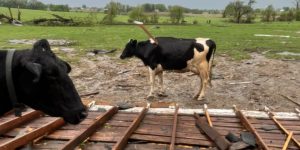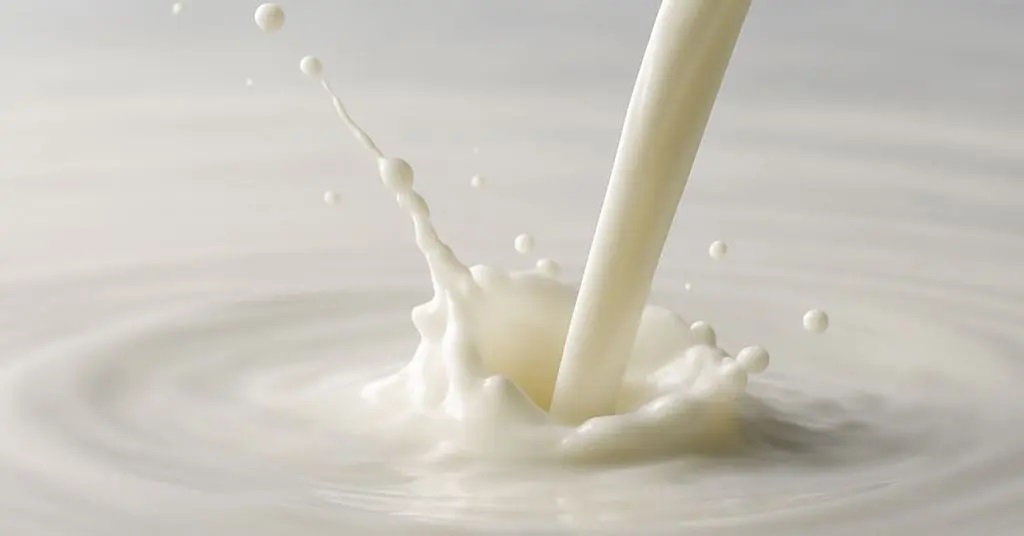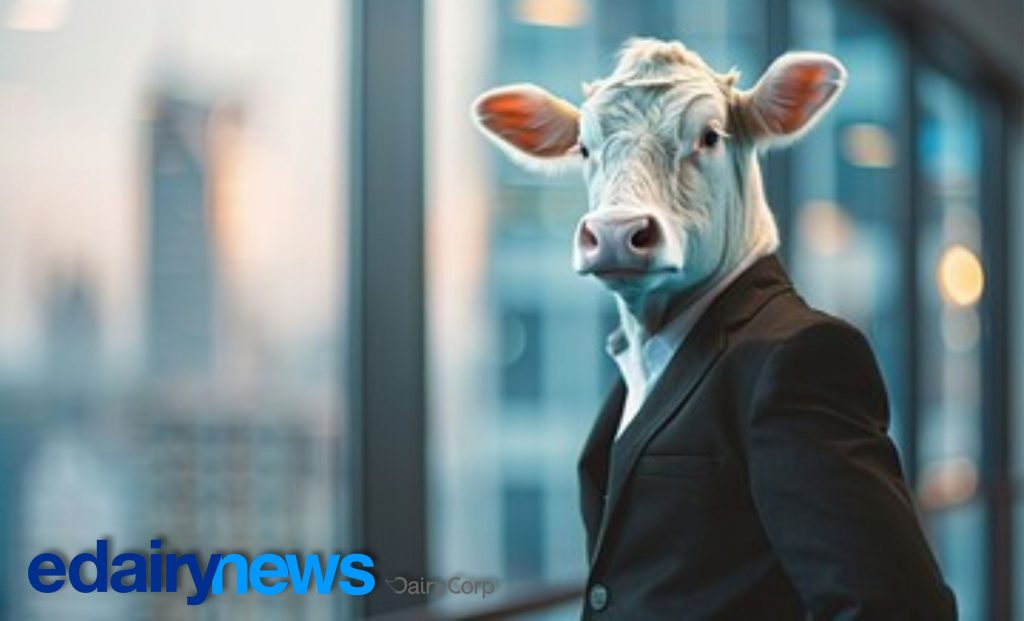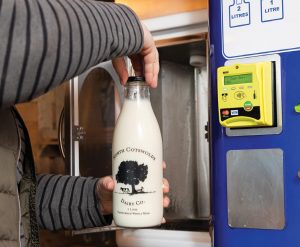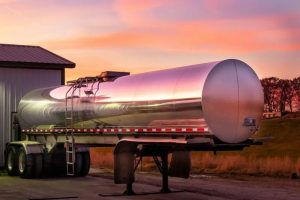
With heifer prices more than doubling, dairy farmers must focus on optimal care and breeding strategies to maximize profitability and herd productivity.
Cows and heifers are worth more today than they used to be. How much more? The USDA National Dairy Comprehensive Report for March put springing heifers at $2,920 per head. Two years before this, the price was $1,245.
It has long been best practice to look at heifers as the future of the herd and to realize that anything less than the best care can only decrease their productivity and value. These prices really bring that message home in dollars and cents.
The cost of dairy replacements is generally put at 20% of the expenses on the farm. Looking at the cost side of the equation, there has been heavy emphasis on getting heifers in production at a young age. Heifers freshening sooner decreases the number of heifers on the farm, which opens room for housing, and decreases feed needs and manure production. However, when it comes to milk production, heifers that calve young, at 20 to 21 months, only produce about 87% of what heifers that calve at around 2 years of age produce.
Even though they come into production sooner, those younger heifers’ losses in first lactation are hard to make up in lifetime production. The rearing costs of heifers over 2 years of age literally eat up the gains in production, so one answer is to breed early to avoid old heifers. Another answer is to have greater success with higher pregnancy rates when breeding heifers — avoiding the extremely young or the extremely old.
An outstanding fertility program can help accomplish this, but so can having very healthy heifers. Providing adequate bunk space and lying area, cow comfort, clean bedding, well-balanced rations (not too much energy or too little), better ventilation, and intensive care of young calves will get you there. Average daily gain only needs to be about 1.8 pounds, but it should be supported with adequate protein — 17% at 300 pounds and gradually decreasing to 14% at 900 pounds.
Decrease heifer mortality
These goals are not that aggressive. What needs to change is the uniformity of the heifers, not the average performance. You need to decrease mortality and poor-doers and simultaneously decrease the range of when heifers conceive and subsequently calve.
Before beef-dairy crosses became more valuable, it was common to protect against death losses by raising a few extra heifers. The current market prices indicate there are no extra heifers. Many producers don’t focus on the loss of replacement heifers from birth to freshening. I encourage you to look up that number; some dairies find 20% are lost — not all die, but other problems cause too many to be culled.
While focusing on how to do better with heifers, realizing how valuable they are today, let’s also focus on their genetic merit. Genomic testing of dams and the heifers themselves helps make sure you raise the best out of the best, and get more bang for your buck for your best efforts. Genetic improvement builds in subsequent generations.
Taking good care of your heifers has always been important, but with today’s prices, it makes more sense, and dollars and cents, than ever.
Lippert is the regional University of Wisconsin Extension dairy educator for Clark, Marathon and Wood counties.
You can now read the most important #news on #eDairyNews #Whatsapp channels!!!
🇺🇸 eDairy News INGLÊS: https://whatsapp.com/channel/0029VaKsjzGDTkJyIN6hcP1K
